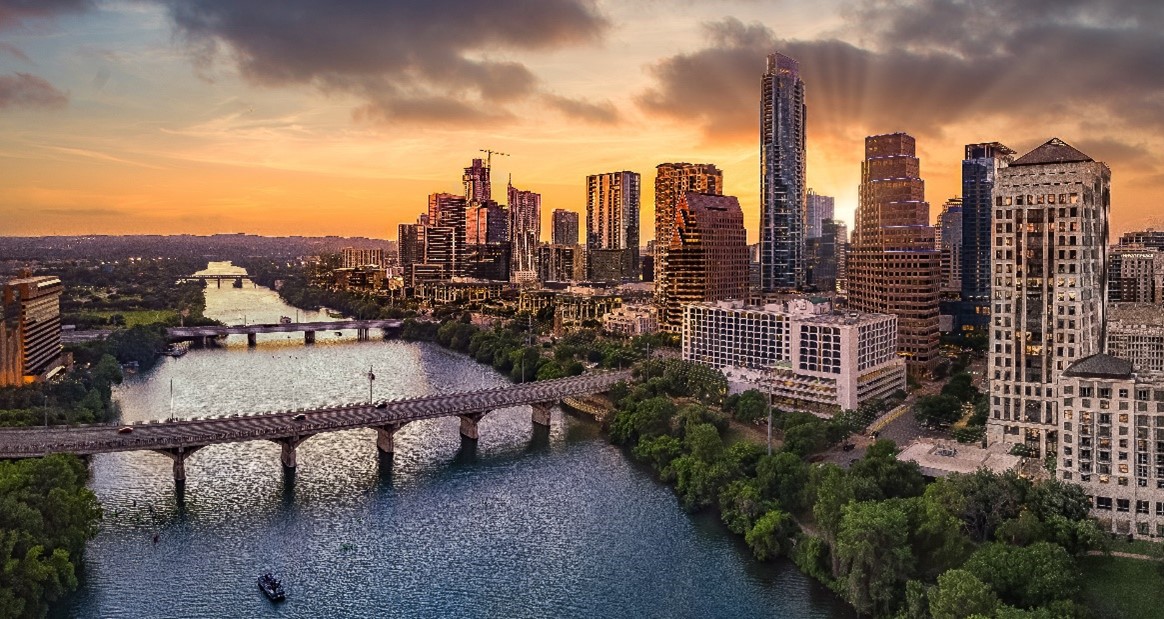
In recent years, Texas has experienced a significant surge in urban living, with cities like Austin, Houston, Dallas, and San Antonio attracting a growing number of residents seeking vibrant urban lifestyles. This trend towards urbanization has had a profound impact on the real estate markets in these cities, reshaping the landscape of neighborhoods, driving demand for housing, and influencing development patterns. In this article, Elizabeth Madeline will explore the rise of urban living in Texas and delve into the key trends shaping city real estate markets across the state.
Elizabeth Madeline of Texas on The Appeal of Urban Living
Urban living offers many attractions for residents, including proximity to employment opportunities, cultural amenities, dining and entertainment options, and vibrant social scenes. In Texas cities, urban neighborhoods often boast walkable streets, diverse housing options, and access to public transportation, making them desirable destinations for young professionals, empty nesters, and families alike. Additionally, the allure of urban living extends beyond convenience, with many residents drawn to the energy, diversity, and sense of community that cities offer.
Elizabeth Madeline of Texas on Population Growth and In-Migration
Texas cities have experienced rapid population growth in recent years, driven partly by an influx of newcomers from other states and countries seeking economic opportunities and a higher quality of life. This population growth has fueled demand for housing in urban areas, leading to increased development activity and rising property values. With its strong job market, business-friendly environment, and relatively affordable cost of living, Texas has become a magnet for individuals and families looking to put down roots in dynamic urban centers.
Liz Madeline of Texas on Changing Demographics and Housing Preferences
The rise of urban living in Texas is not merely a consequence of population growth but also a reflection of shifting demographics and evolving housing preferences. Millennials, often characterized as the largest generational cohort in the United States, have played a pivotal role in driving this trend. Unlike previous generations, millennials have demonstrated a distinct preference for urban lifestyles, prioritizing convenience, connectivity, and vibrancy over suburban sprawl.
This demographic shift is evident in the choices millennials are making when it comes to housing. Rather than gravitating towards traditional single-family homes in the suburbs, many millennials opt for urban living environments characterized by walkable neighborhoods, diverse dining options, cultural attractions, and easy access to public transportation. These preferences are reshaping the demand for housing in Texas cities, driving a surge in demand for condominiums, townhomes, and apartments in urban cores.
In response to this growing demand, Texas developers and real estate investors have shifted their focus towards creating mixed-use developments, high-density housing projects, and urban infill projects. Mixed-use developments, which combine residential, commercial, and retail spaces in a single development, have become increasingly popular, offering residents the convenience of living, working, and shopping within proximity. Similarly, high-density housing projects, such as apartment complexes and condominium buildings, are being constructed to accommodate the growing urban population and maximize land use efficiency.
Liz Madeline of Texas on Revitalization of Urban Cores
Across Texas cities, urban cores are experiencing a renaissance as developers and city planners invest in revitalization efforts to transform underutilized areas into vibrant, livable neighborhoods. From downtown districts undergoing redevelopment to historic neighborhoods undergoing gentrification, urban areas are being revitalized and transformed into desirable places to live, work, and play. These revitalization efforts attract new residents and businesses, drive economic growth, and enhance the overall quality of life in urban areas.
Elizabeth Madeline on Challenges and Opportunities
While the rise of urban living in Texas presents exciting opportunities for growth and development, it also brings challenges related to affordability, transportation, and infrastructure. As demand for urban housing continues to outstrip supply, housing affordability has become a pressing issue in many Texas cities, leading to concerns about displacement and gentrification. Additionally, congestion and traffic congestion are ongoing challenges that require innovative solutions to improve mobility and accessibility in urban areas.
The rise of urban living is reshaping Texas cities’ real estate landscape, driving housing demand, revitalizing urban cores, and transforming how people live, work, and play. With its vibrant urban neighborhoods, diverse cultural offerings, and a strong sense of community, Texas cities are attracting residents from all walks of life who are drawn to the energy and opportunities of urban living. As cities continue to evolve and grow, Elizabeth Madeline believes addressing the challenges and opportunities associated with urbanization will be essential to ensure that Texas remains a desirable destination for urban dwellers for years to come.


